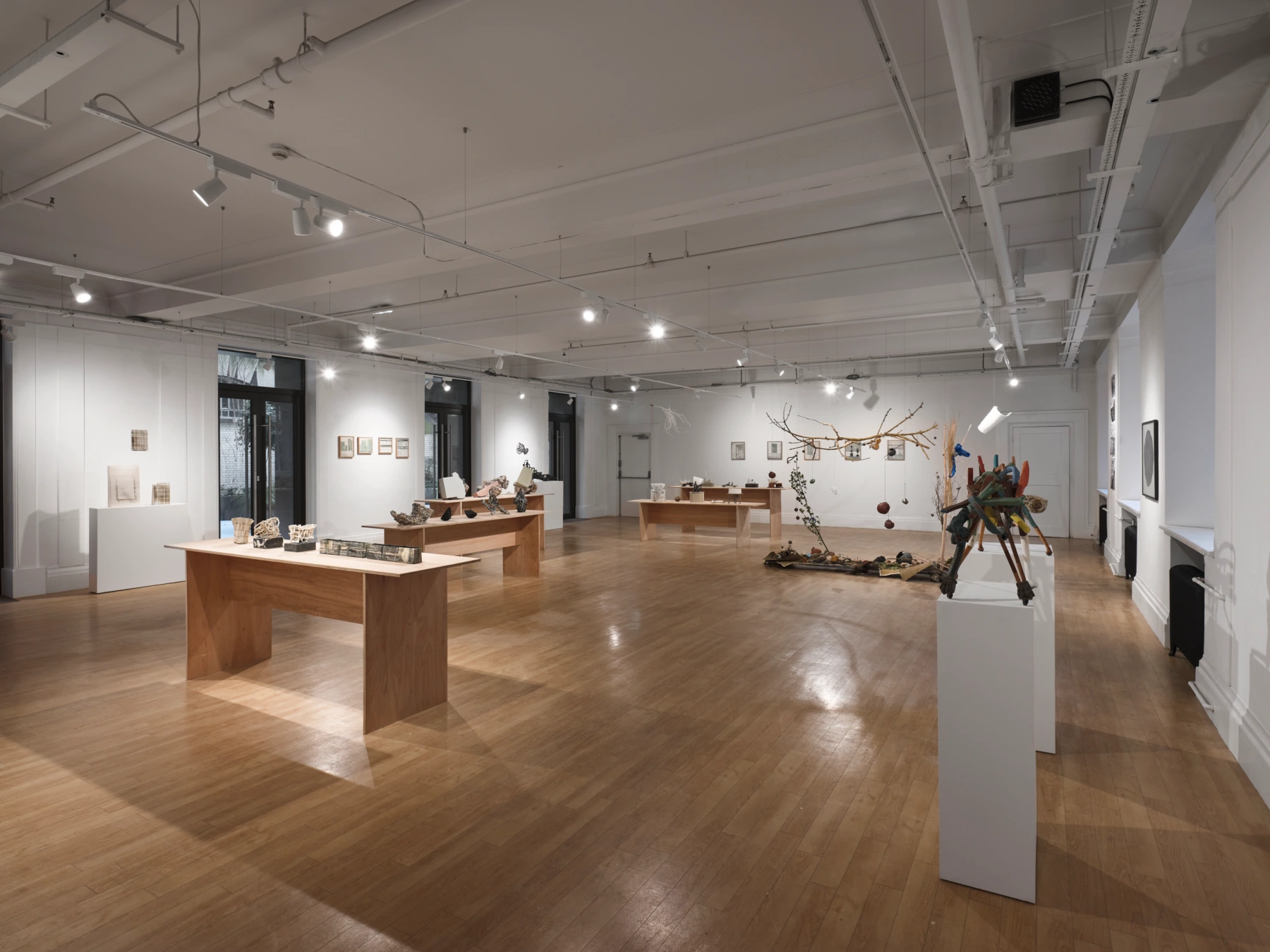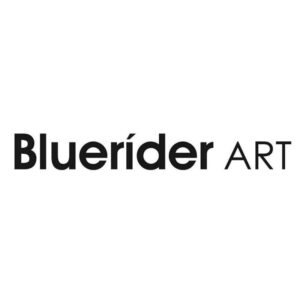What’s on at the world’s leading galleries
Events 6 Apr 2025
All events in Boston, Chicago, London, New York, Paris & SeoulShow of the Day

new woodcuts, screenprints, and etchings by New York-based artist duo explore “social and natural landscapes in the context of climate disaster, political activism, and global events”
News
See all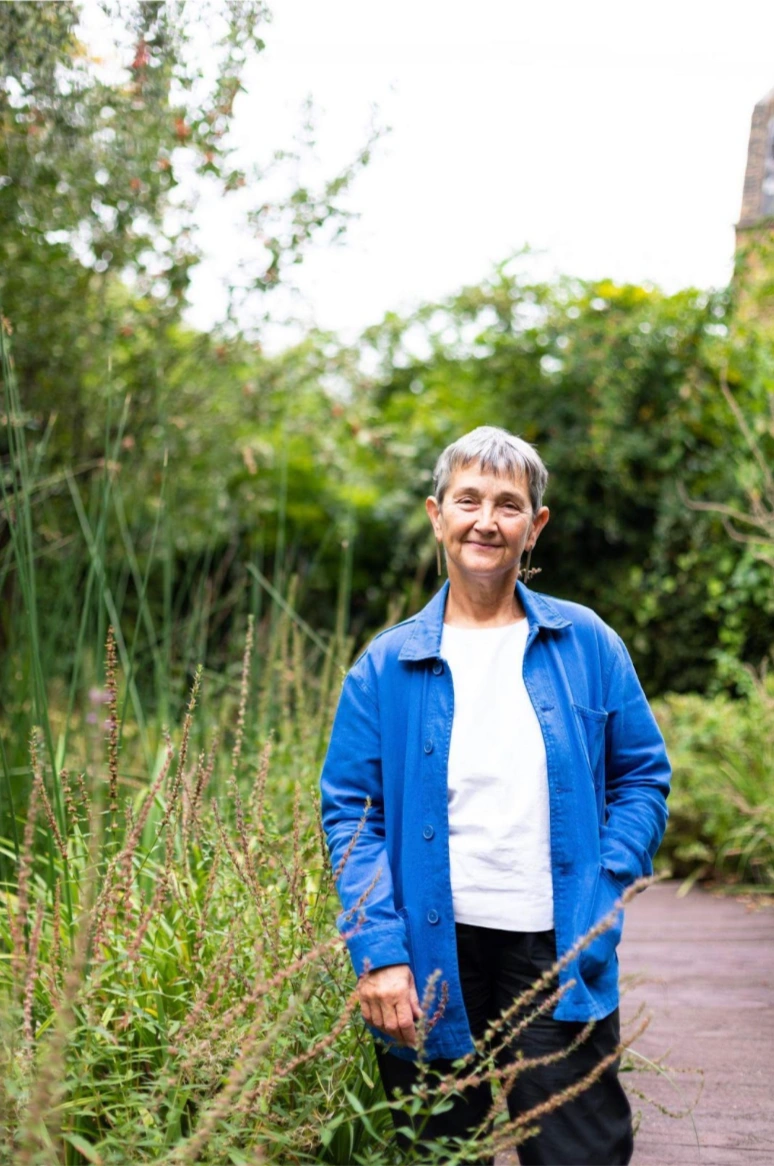
news
Frances Morris CBE appointed Chair of Gallery Climate Coalition Board
Morris will contribute her broad experience and international network towards GCC’s mission of mainstreaming Environmental Responsibility in the art world and reducing the sector’s CO₂ emissions

article
Giuseppe Penone: Thoughts in the Roots
nature and humanity, how the leading Arte Povera artist brings the natural world inside, and art outside
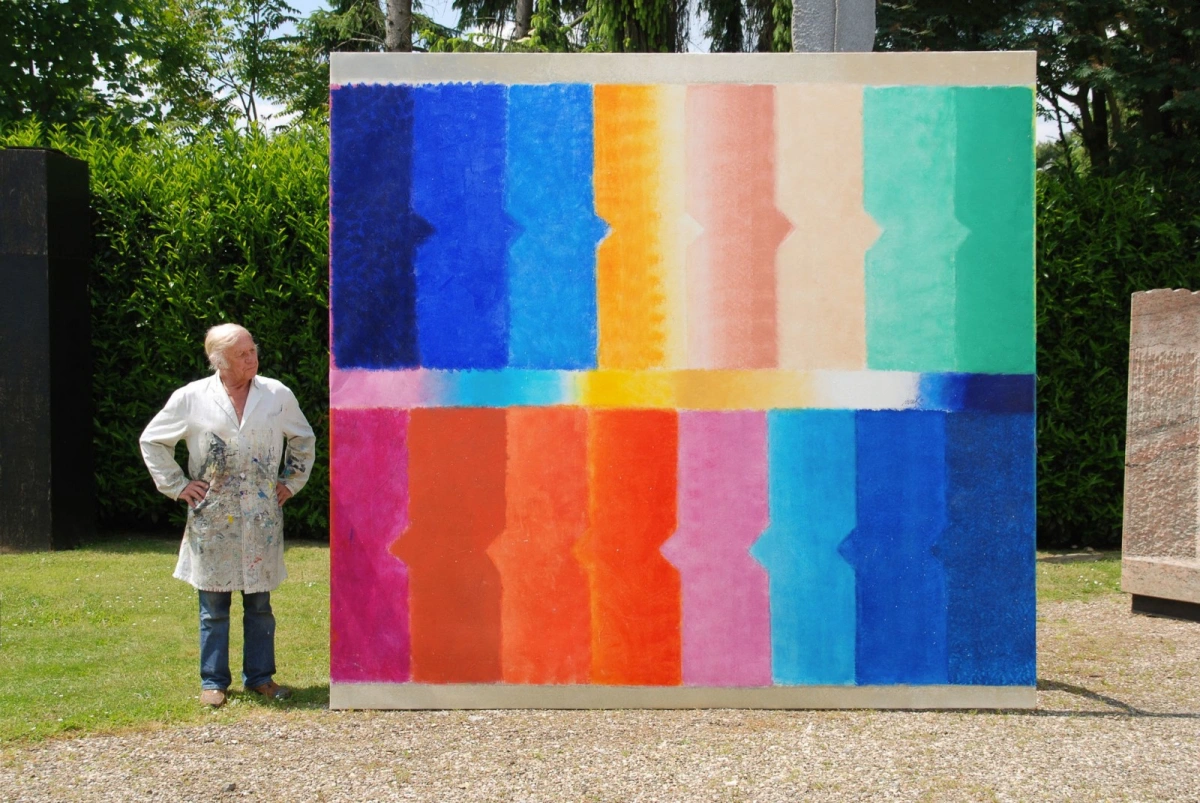
news
Almine Rech now represents Heinz Mack
Mack is the co-founder of the ZERO movement, known for his explorations of light, color, and movement through painting, sculpture, and installation
Exhibitions on Now
See all
London West End

Berlin
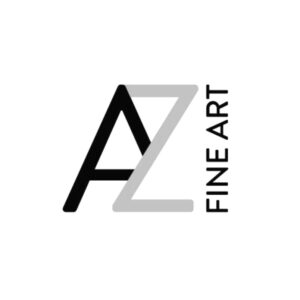
London West End

London
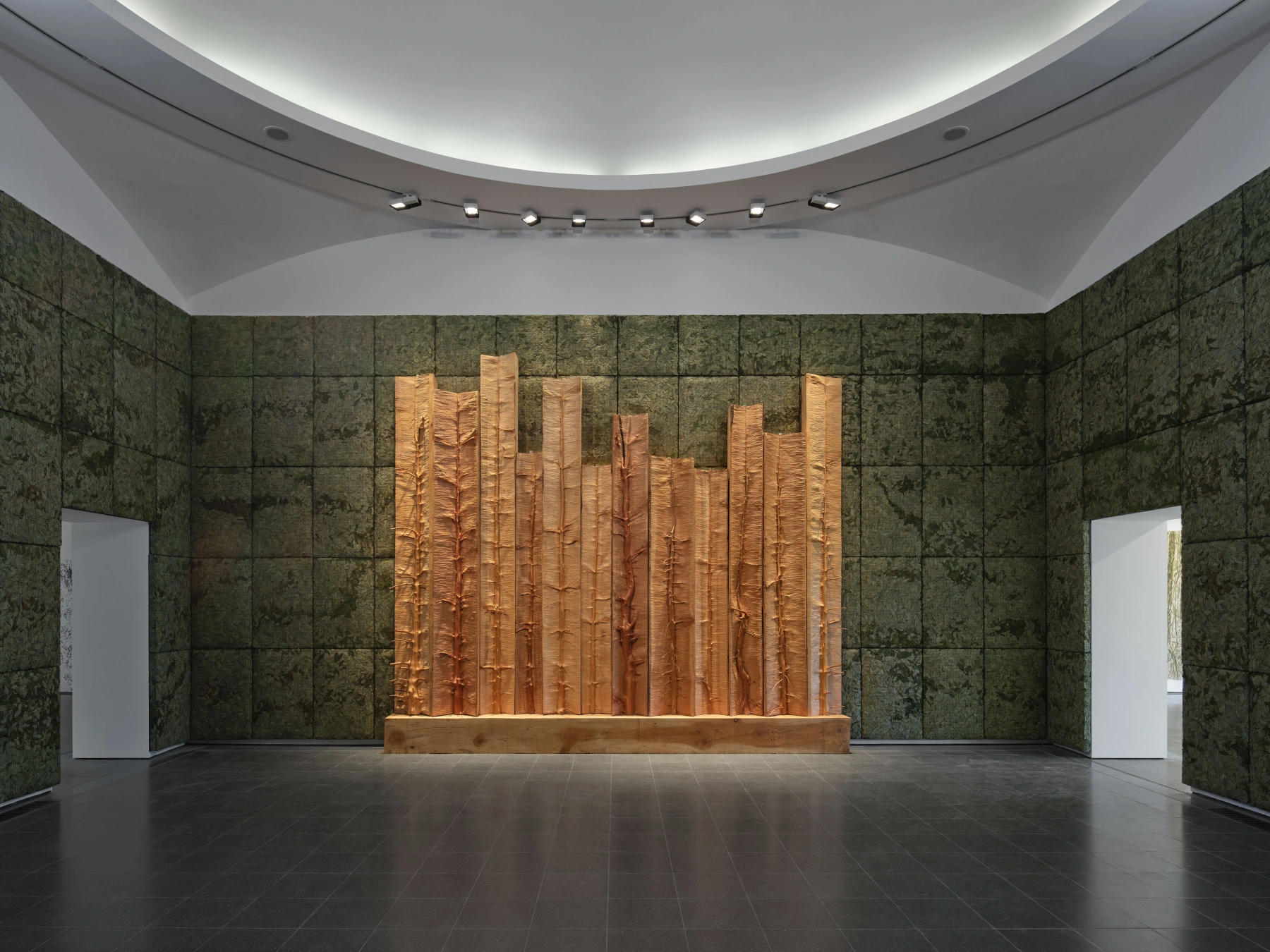
just opened
154
extending beyond the gallery to include outdoor sculptures, this is the most comprehensive institutional exhibition of the leading figure in the Arte Povera movement to be presented in the UK

London
My Favourited Exhibitions
Shop
Build your art library
-
 Art of Conversation
Art of ConversationIssue 1
Exhibition Publication, Mark Westall
£5.00 Out of Stock : Mark Westall
Read more -
 Invites Vol. 2
Invites Vol. 2Invites Vol. 2
Exhibition Publication, Zabludowicz Collection
£15.00 Out of Stock : Zabludowicz Collection
Read more -
 Simon Denny
Simon DennyNew Management
Exhibition Publication, Petzel Store
£30.00 : Petzel Store
Add to cart -
Sale!
 Graeme Todd
Graeme ToddStreet Hermit
Monograph, Laure Genillard
Original price was: £16.80.£14.00Current price is: £14.00. Out of Stock : Laure Genillard
Read more

















